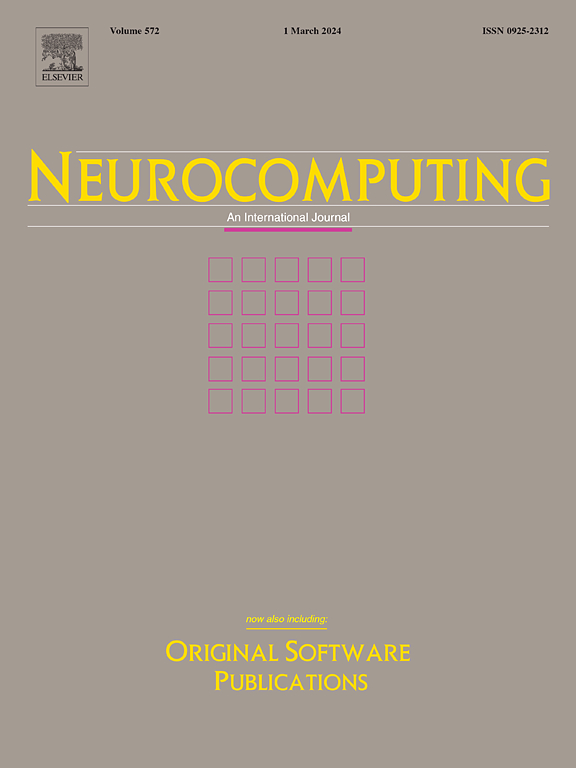Emotion recognition via affective EEG signals: State of the art
IF 5.5
2区 计算机科学
Q1 COMPUTER SCIENCE, ARTIFICIAL INTELLIGENCE
引用次数: 0
Abstract
With advancements in brain–computer interface technology, research on emotion recognition based on electroencephalogram (EEG) signals has gained significant attention. This review systematically explores signal acquisition, feature extraction, classification methods, and applications related to emotion recognition. We begin by reviewing the acquisition of affective EEG signals, including emotion models, emotion induction methods, signal acquisition techniques, and popular public datasets. Second, we provide a detailed discussion of feature extraction methods for emotional EEG signals, including time-domain, frequency-domain, time–frequency domain, and spatial domain features, as well as feature fusion techniques. The classification methods section highlights recent developments in machine learning, deep learning, and multimodal learning, exploring their applications in emotion recognition tasks. Additionally, we assess practical applications of emotion recognition technologies in areas such as cognitive workload, fatigue estimation, neuropsychiatric condition assessment, and affective care. Finally, the article summarizes the major challenges currently faced and the future development opportunities. By synthesizing existing research, we provide valuable insights and guidance for further studies on EEG-based emotion recognition and its applications in various fields such as education, transportation, and healthcare.
通过情感脑电图信号进行情感识别:最新进展
随着脑机接口技术的发展,基于脑电图信号的情绪识别研究受到广泛关注。本文系统地探讨了信号采集、特征提取、分类方法及其在情感识别中的应用。我们首先回顾了情感脑电图信号的获取,包括情感模型、情感诱导方法、信号获取技术和流行的公共数据集。其次,详细讨论了情绪脑电信号的特征提取方法,包括时域特征、频域特征、时频域特征和空间特征,以及特征融合技术。分类方法部分重点介绍了机器学习、深度学习和多模态学习的最新发展,探索了它们在情感识别任务中的应用。此外,我们评估了情感识别技术在认知工作量、疲劳估计、神经精神状况评估和情感护理等领域的实际应用。最后,文章总结了当前面临的主要挑战和未来的发展机遇。通过对现有研究的综合,为进一步研究基于脑电图的情绪识别及其在教育、交通、医疗等各个领域的应用提供有价值的见解和指导。
本文章由计算机程序翻译,如有差异,请以英文原文为准。
求助全文
约1分钟内获得全文
求助全文
来源期刊

Neurocomputing
工程技术-计算机:人工智能
CiteScore
13.10
自引率
10.00%
发文量
1382
审稿时长
70 days
期刊介绍:
Neurocomputing publishes articles describing recent fundamental contributions in the field of neurocomputing. Neurocomputing theory, practice and applications are the essential topics being covered.
 求助内容:
求助内容: 应助结果提醒方式:
应助结果提醒方式:


